The Women Who Walked Into History
Faced with a crisis in her personal life and an uncertain future, Sarah Stoddart Hazlitt found respite in long, arduous and often dangerous walks. Countless women have followed in her footsteps.
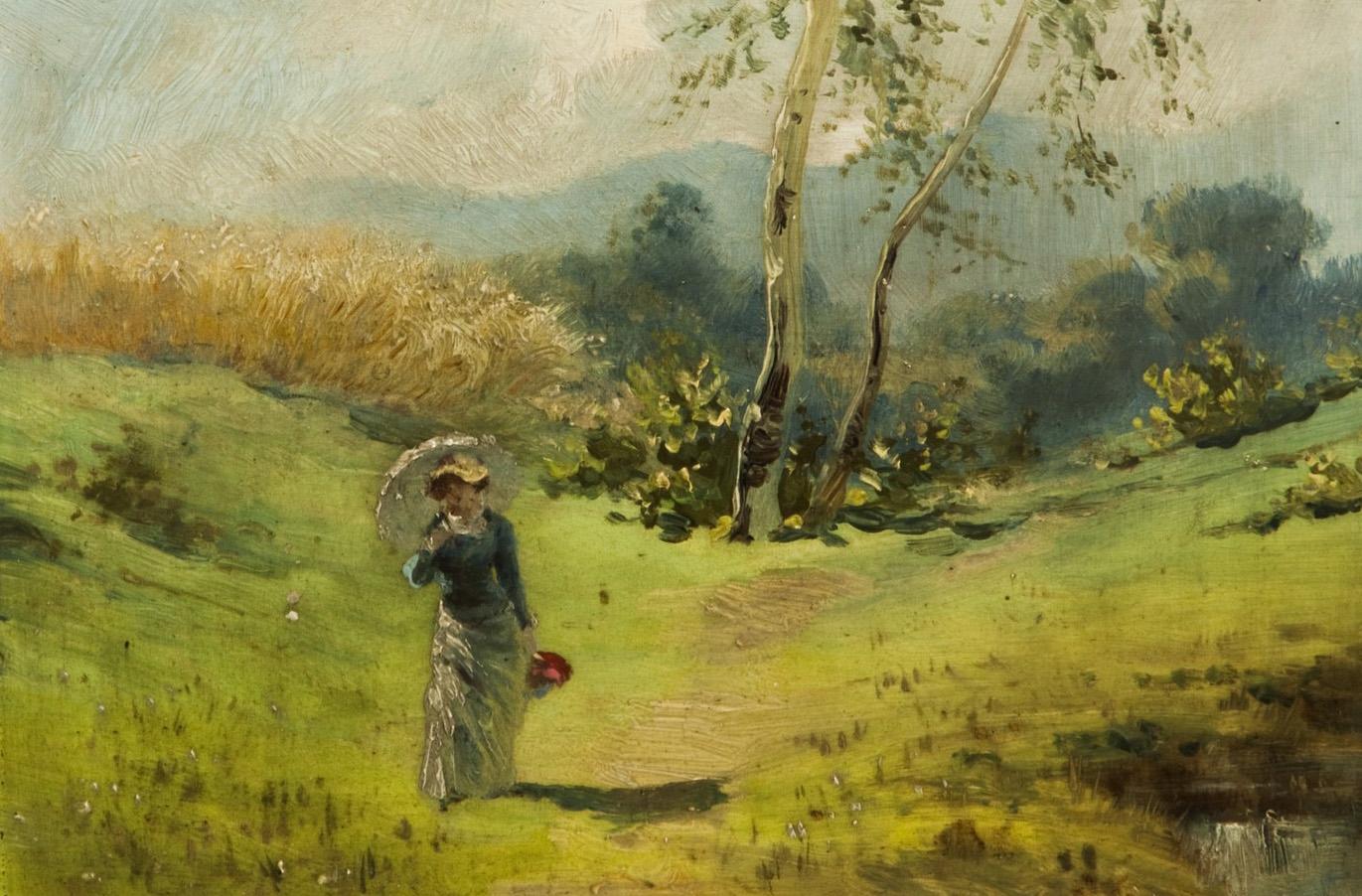
Dame mit Sonnenschirm, Adolf Liebscher, 1884.
Arriving in Edinburgh on 21 April 1822 aboard the Leith smack Superb, Sarah Stoddart Hazlitt stepped onto the docks towards an uncertain future. She had journeyed for seven days up Britain’s east coast from London in order to be divorced by her husband of 14 years, the essayist William Hazlitt. He had become infatuated with a teenage barmaid in the English capital. Lacking the financial resources or the social influence to obtain a divorce by Act of Parliament, Hazlitt hatched a plan to be ‘caught’ by his wife in the arms of a prostitute in Edinburgh, where their marriage might be dissolved under Scottish law much more quickly, and affordably, than in England.
Over the next three months, while she lived in Edinburgh, Stoddart Hazlitt would be bullied by her husband’s friends, commit perjury and become ill from the guilt and anxiety at her complicity in his degrading scheme. She managed the complex emotions that swirled during this period by keeping a terse diary in which she documented both the circumstances of her divorce and the miles of walking she undertook when she had the chance to steal away. On foot, Stoddart Hazlitt was able to enjoy something approaching freedom as she rambled freely across Edinburgh and its surrounds, in contrast to the suffocation of lawyers’ offices and the distressing prospect of an anxious future as a single woman.
During her first few weeks in Edinburgh, Sarah Stoddart Hazlitt’s time was split between legal matters and exploring the city. Communication with her husband was conducted via her solicitor or a go-between, the better to preserve the false illusion that their simultaneous presence in Edinburgh was coincidental. The terms of their arrangement were that Hazlitt would cover his wife’s costs during her stay in Edinburgh; and, in return, she would swear – falsely – an Oath of Calumny asserting that she had no prior knowledge of his activities, thereby enabling the divorce to proceed. During the many delays in obtaining solicitors, legal documents, or just getting a straight answer to a simple question, Stoddart Hazlitt walked across Edinburgh and some distance beyond, exploring well-known tourist haunts (Calton Hill, Arthur’s Seat) and out-of-the-way places (Lasswade, Rosslyn Glen) with equal enthusiasm. On these excursions she usually walked alone, typically for hours and miles at a time.
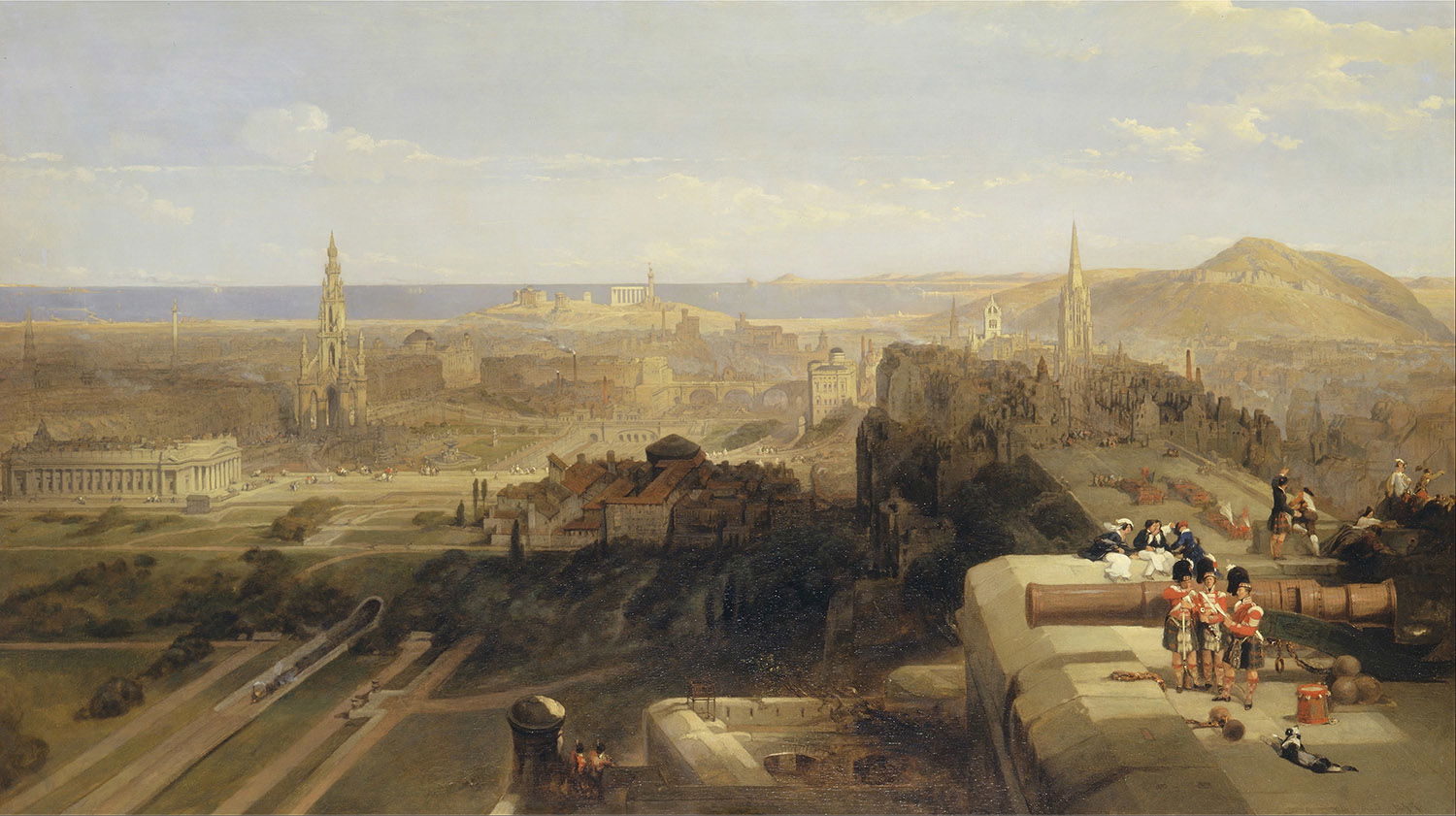
In the middle of May, William Hazlitt left Edinburgh for a short while, first to lecture at Anderson’s College in Glasgow, then to walk in the southern Highlands. His absence, and the consequent pause in the legal proceedings, enabled his wife to take her leave of Edinburgh. On 14 May she returned to Leith to board another ship, this time heading north and west along the Forth to Stirling. With little money in her pocket and without remark in her journal, Sarah Stoddart Hazlitt was about to embark on an extraordinary adventure.
By the 1820s it was reasonably common for tourists to be found travelling throughout the southernmost Highlands, especially after the publication of the numerous works by Walter Scott set in the area. It was almost unheard of, though, for a foreign woman to be found walking alone, yet that is what Sarah Stoddart Hazlitt did. Without companion and only occasionally with a guide, she set off from Stirling on a week’s tour of the southern Highlands that took in many notable sights – the Falls of Leny, Loch Katrine, the Falls of Clyde – but which veered considerably at times from the standard tourist routes. During this period she covered distances of between 20 and 30 miles each day and endured considerable physical danger. In the course of her tour, Stoddart Hazlitt walked 180 miles back to Edinburgh via Lochs Katrine and Lomond and the settlements of Dumbarton and Glasgow, before a 17-mile walk in the Southern Uplands to return to her Edinburgh lodgings. She relished the chance encounters and happenstance events that occurred along the way and found, after the hardship of walking 30 miles or more in a day, significant physical pleasure in the simplest acts: eating, washing, sleeping.
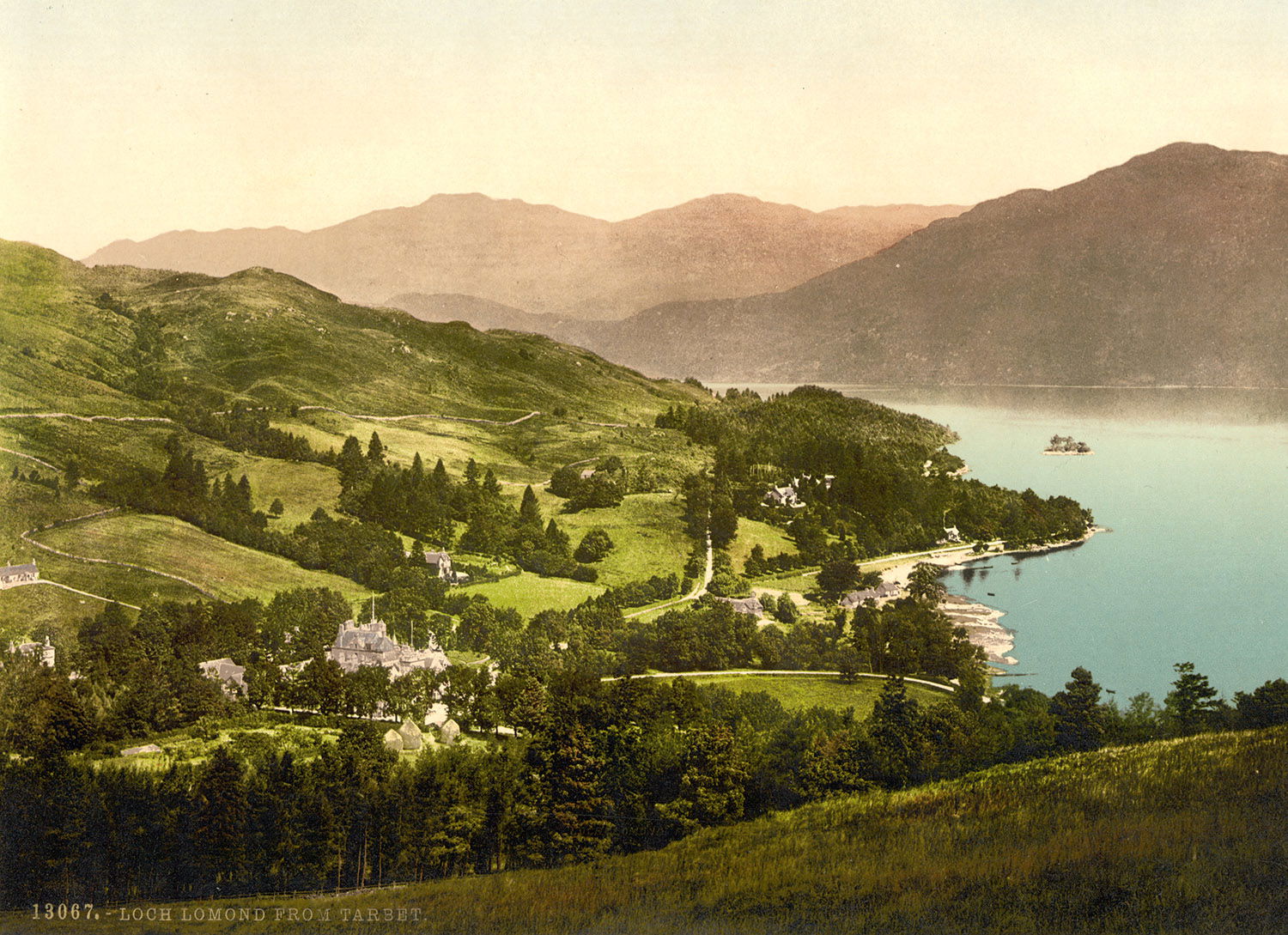
Two days into her journey Stoddart Hazlitt had walked as far as Loch Katrine in the Trossach hills, made famous by Scott’s 1810 poem The Lady of the Lake. Nestled in a bowl below the grand hills of Ben Ledi and Ben Lomond, the loch enchanted the solitary walker, who hired a boatman to take her all along its ‘different and beautiful windings’. Her tour of the loch’s sinuous banks complete, Stoddart Hazlitt disembarked the boat and set off on foot for the pass between Lochs Katrine and Lomond that would take her south towards her night’s accommodation in Luss, on Lomond’s western bank. The land between the lochs was at this time remote and infrequently travelled. With the weather closing in, Stoddart Hazlitt found herself in danger.
In her journal for that day, Thursday 16 May 1822, she recorded that ‘in crossing the most dreary, swampy and pathless part’ of the moorland beyond Loch Katrine, ‘a heavy storm came on, there was not the least shelter, and the heat in climbing such an ascent, together, with the fear of losing myself in such a lonely place almost overcame me’. Stoddart Hazlitt had no map or compass to help her, but despite this, she writes:
I guided myself by the direction of the Loch as well as I could, and at last, to my great joy, regained a track, but the road now was stony and difficult, over a wide and dreary moor, full of bogs, till you arrive at Inversnaid Garrison. [I was directed] to the ferry over Loch Lomond, after crossing which, I had a most delightful walk on its banks.
What could have been a disaster became a grand adventure. She exulted in her diary, upon her arrival in Luss ‘about ten o’clock at night’, at how she had been ‘quite enraptured with my walk, and the great variety of uncommonly beautiful scenery I had passed through in the course of the day’.
Stoddart Hazlitt walked the next day to Dumbarton before travelling by boat to Glasgow. From there she reached Edinburgh on foot on 20 May, where she arrived exhausted but thrilled. In her diary she made a table listing each day of her journey with its mileage proudly recorded alongside, the spoil of what she cheerily referred to as her ‘jaunt’: ‘I was very glad to get into my own lodgings’, she wrote with dry understatement,
and literally wash the dust from my feet: indeed I made a thorough ablution, and the comfort of that, and clean clothes, after being choked with dust, is more refreshing than can be imagined by those who have not under gone the previous ordeal: it invigorated me so much that I seemed to have nearly overcome my fatigue.
Cleansed of dirt, and perhaps the taint of the tawdry divorce proceedings too, Stoddart Hazlitt reflected with joy upon what she had accomplished during her Highland walk.
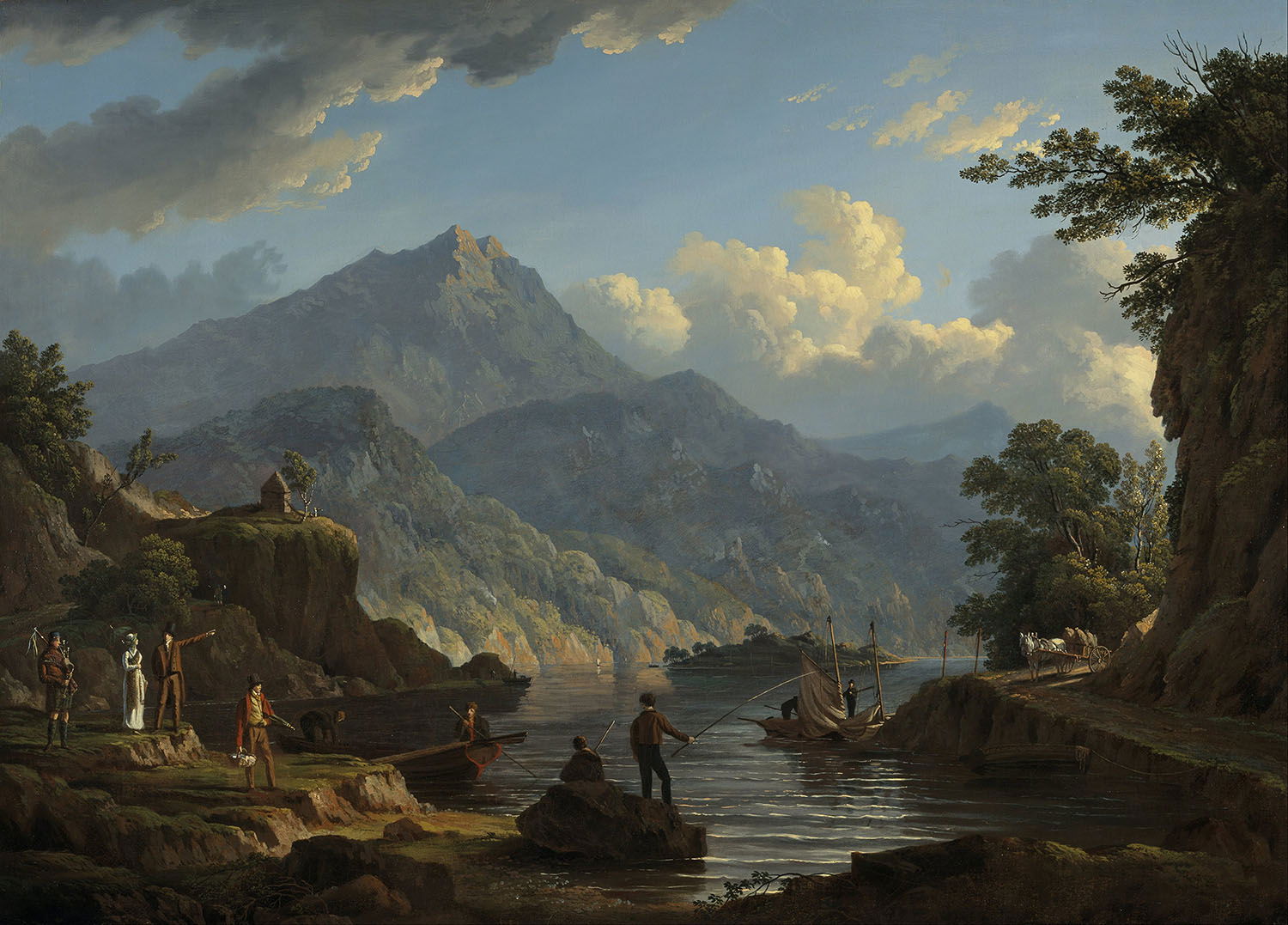
The return to business in Edinburgh was abrupt and distressing. Within days, the feelings of elation and well-being had dissipated in the confusion of legal proceedings. Stoddart Hazlitt’s body reacted painfully to the distress. ‘Very nervous and poorly to-day’, she noted just four days after her exultant return. Her decision a week later, on 31 May 1822, to embark on a second walking tour, must therefore have been a profound relief to body and mind. This time Stoddart Hazlitt was intent on exploring further east in the Highlands and set off over, rather than along, the Forth, towards Perth. From there she walked to Dunkeld, to Crieff and eventually to Stirling. Walking this time not across remote mountain passes, but through reasonably well-populated areas, Stoddart Hazlitt’s journal has much to say about the people she met. In the midst of a 25 mile day from Crieff to Stirling she enjoyed a memorable conversation with the local people. ‘It’s varra warm the day’, one of them remarked. ‘O very warm’, Stoddart Hazlitt responds pleasantly.
If you please, how far are ye come the day?
From Crieff &c &c
O, aye! ye’ll be vera tired. An whar ar ye gaun?
To Stirling.
Ou, its a sair way: ye’ll ne’er get there the night.
O yes I’m a very good walker. I walked a hundred and seventy miles three weeks ago.
Gude sauf us! Ye’re no a Crieff woman?
What prodigious feats of pedestrianism the Crieff women of this period habitually performed is yet a mystery, but Stoddart Hazlitt was pleased by the compliment that was intended by the remark.
Sarah Stoddart Hazlitt was proud of her abilities as a walker, documenting in her journal not only the distances she was able to cover, but her resilience and determination, too. The mileage for this second tour was no less impressive than that of her first:
Walked first day 28 miles – 31st May – Friday
second day 25 Do – 1st June – Saturday
third day 15 Do – 2nd June – Sunday
fourth day 21 Do – 3rd June – Monday
fifth day 23 Do – 4th June – Tuesday
That is, one hundred and twelve miles in five days.
Recorded, too, were her physical and emotional responses to her travels. On her return to Edinburgh from Stirling she noted how she did not ‘feel the least fatigued or foot sore; but much pleased with my excursion’, a journey on which she had walked ‘all through the country without molestation or insult’. A physically strong woman, Stoddart Hazlitt rarely felt anything but pleasure while walking.
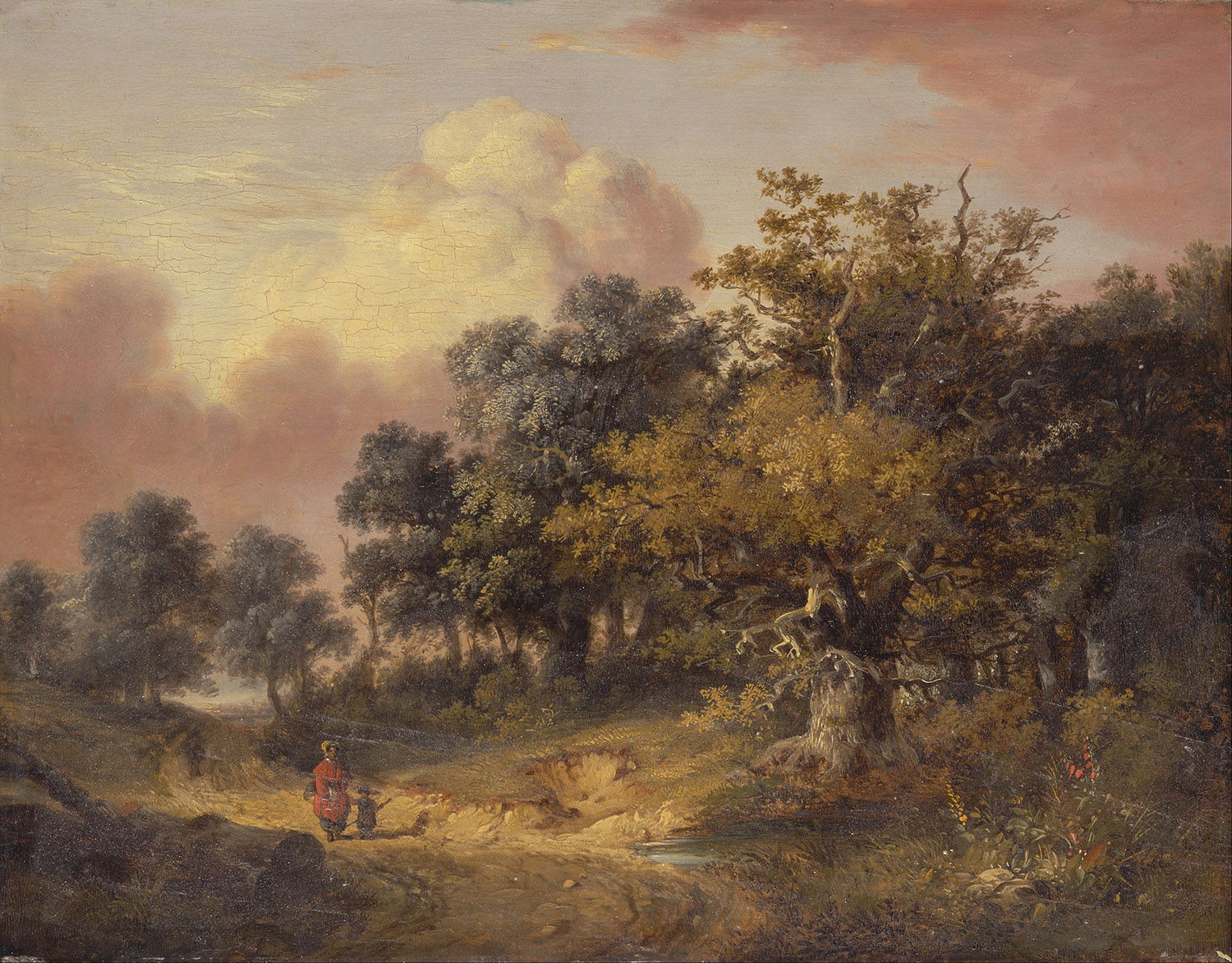
Stoddart Hazlitt was not the only woman to develop a love for adventurous and challenging walking, though existing histories of pedestrianism might have us believe otherwise. Walking had been a constant feature of the lives of women – and men – of a certain class for centuries and there is a rich and long-standing literature celebrating the old ways used by drovers, fish-wives, creel-haulers, servants, tinkers, soldiers, gypsies and beggars throughout Britain. The sort of walking for which the likes of William Wordsworth, Edward Thomas and Robert Macfarlane have been celebrated – rapturously and creatively alone in nature – has, however, been considered almost exclusively a male activity, and most books about the history of walking mention only men. Since the 18th century, though, women have found walking to be as creative, inspiring and necessary to their lives as men have, even if the accounts of those experiences have been ignored or dismissed.
The diary in which Sarah Stoddart Hazlitt documented her walking was never intended for publication. Nor were the travel accounts of Dorothy Wordsworth, who walked for thousands of miles, including a pioneering ascent of Scafell Pike in the Lake District in 1818 with her friend Mary Barker. Dorothy Wordsworth toured Scotland on foot a number of times, sometimes with female companions, and walked the Isle of Man in later life. The governess Ellen Weeton also walked across the Isle in the early 19th century and enjoyed climbing the mountains of both the Lake District and Snowdonia. The diaries in which she recorded her feats were published long after her death in the 20th century, though they are rarely read. There are dozens and dozens more women who wrote about their walking, from the 18th-century scholar Elizabeth Carter, to Katherine Mansfield and Virginia Woolf in the 20th century, to Rebecca Solnit and Linda Cracknell in the 21st. You would not know it from published literature, but the history of walking is very much women’s history.
Sarah Stoddart Hazlitt undertook no further pedestrian tours after her return to Edinburgh on 5 June 1822, though she continued to enjoy walks in the city for the remainder of her residence there. A month later, the divorce was concluded, though the official Decree was not issued until 2 August. Stoddart Hazlitt prepared to return to London. ‘I was now Miss Stoddart’, she wrote in the final entry of her diary, ‘and was not I glad of that … that my situation in my own opinion, was pretty much the same as it had long been.’ She was as brave in the face of an uncertain and unknowable future as she had been on the dangerous pass between Lochs Katrine and Lomond, a woman who lived as she walked: with courage and resolution.
Kerri Andrews is Senior Lecturer in English Literature at Edge Hill University.



